Weekend Checklist For The Minimalist Camper
Packing for a weekend camping trip can be tricky business. What to bring and what to leave behind? Do I really need that 3lb wool sweater that grandma knitted for me? How about that extra gas canister? Here at The Offroader Supply, we know your troubles all too well. Having spent countless hours trying to achieve and master that perfect minimalistic balance between comfort + function, we can all agree that packing what you need and no more, will spare your legs and backs the weight of all the unnecessary stuff, leaving your body grateful you took the time to plan ahead.
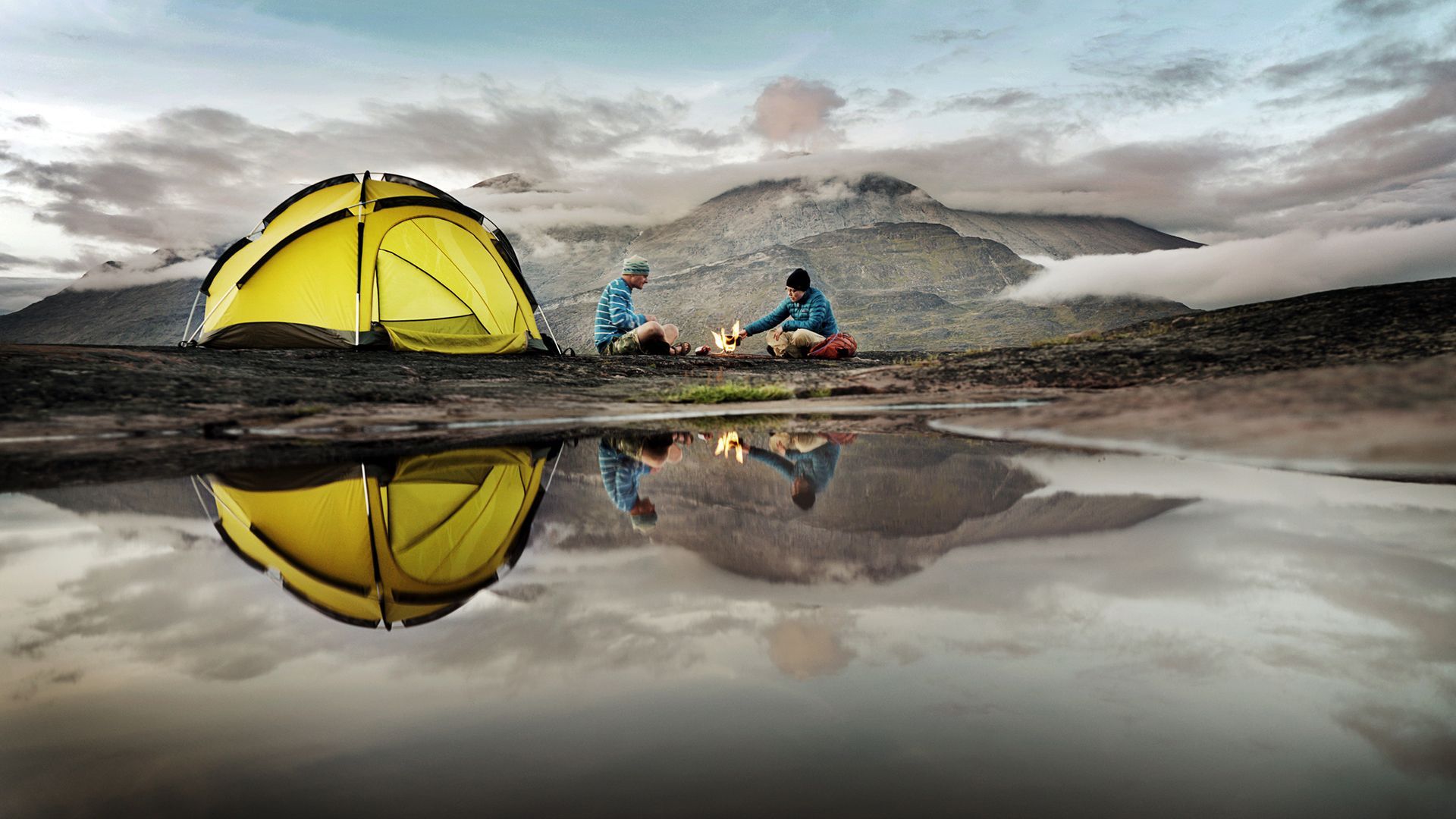
Much of what is ‘necessary’, of course will depend on the adventure itself. We all have different ideas of what constitutes ‘fun’ and different tolerance levels when it comes to temperatures, activity, comfort, and how minimalist we’re actually willing to go. It’s important you link up with your camp crew and align expectations with other members, prior to rolling out. For that reason, we put together a short-and-sweet, checklist to help you get your packing right, hassle-free, and for whatever season or weather you’re pitching up in.
NOTE:* The clothing recommendations below are intended to be additions to whatever you will be wearing while on the move.
Mild-Weather Camping (59 Degrees and Above)
When mild-weather camping, the stress is off and the consequences of forgetting something usually aren’t quite so extreme. Unless that something happens to be your food supply, water filtration system or map and compass/GPS, of course! Still, getting your packing right can still maximize your comfort and minimize your load, making a little bit of careful prepping well worthwhile.
What to take:
- Lightweight Tent: In these temps, you can go as light as you want, or even ditch the tent altogether and sleep under the stars. For a “happy medium”, many choose to use a tarp shelter – just be sure it’s actually a weight-saver when the poles are included or you’ll be camping somewhere with trees if you’re going pole-free.
- Sleeping Bag: Shoot for a bag a few degrees warmer than the temperatures you’re expecting to encounter. If it’s too hot, there’s always the zip!
- Mat: Given the ground is unlikely to be frozen or even overly cold, even the thinnest of mats will do the job.
- Sleeping Bag Liner: just to keep things fresh!
- Cooking Appliances: stove, fuel, pot/pan, cutlery, lighter
- Bug Net: because summer time is insect time!
- Mid-weight Jacket: When the temperatures drop at night, you’ll be glad you brought it!
- Camp Trousers: Idem the jacket.
- Camp Slipper/Shoes: A good idea to let your feet breathe a little after a day on the trail.
- Rain Jacket and Pants – Because you never know…
- Food
- Water bottle
- Water Purification System
- Headlamp
- Bear spray: If you’re in bear country, it’s better to be safe than sorry (or eaten)!
- Camera
- First Aid Kit
- Knife or Multi-tool
- Sun Protection (sunglasses, cream, hat or bandana)
- Toiletries
- Map and Compass
- Spares: batteries, underwear, lighter, food
Moderate-Weather Camping (40-58 Degrees)
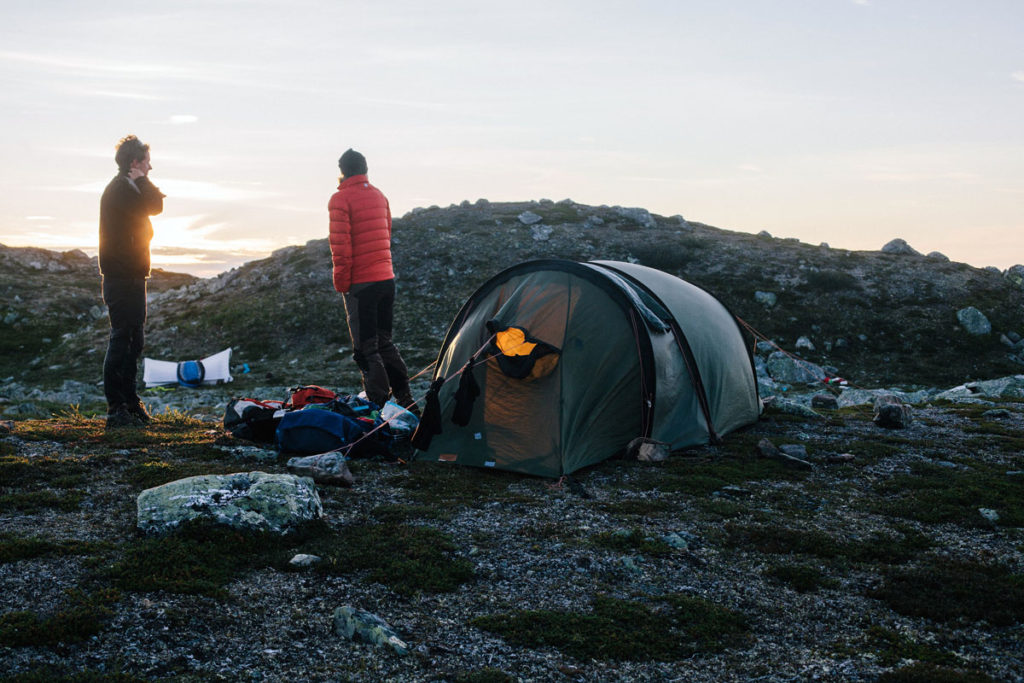
What to take:
- 3-Season Tent: In these temps, you have cover yourself for almost all eventualities. While a 4-season tent is likely to be overkill, a summer tent is just asking for trouble.
- Sleeping Bag: As above, choose a bag with a temperature rating that is a few degrees warmer than the temperatures you expect to encounter.
- Sleeping Mat: Even in mid-season, cold ground can chill you to the bone if your mat isn’t up to the task. Bring your best.
- Sleeping Bag Liner: It’ll keep your sleeping bag fresh and add a degree or two of warmth to boot.
- Cooking Appliances: stove, fuel, pot/pan, cutlery, lighter
- Down Jacket: Ideal for wearing around the camp at night and a chill-buster in your sleeping bag if temperatures drop lower than expected.
- Camp Pants: Choose a pair heavier than your standard summer pants or bring a pair of thermal pants to wear under your hiking pants at night.
- Camp Slipper/Shoes: As with summertime, it’s best to avoid the temptation to rock the boots all day long, even if they happen to be super comfy.
- Hat
- Gloves
- Food
- Water Bottle
- Water Purification System
- Headlamp
- Bear Spray: Our fuzzy friends might be hibernating in Spring or Fall, but then again, they might not!
- Camera
- Sun Protection
- First Aid Kit
- Knife or Multi-tool
- Toiletries
- Map and Compass
- Spares: batteries, underwear, thermal shirt and pants, lighter, food
Extreme-Weather Camping (12-40 degrees)
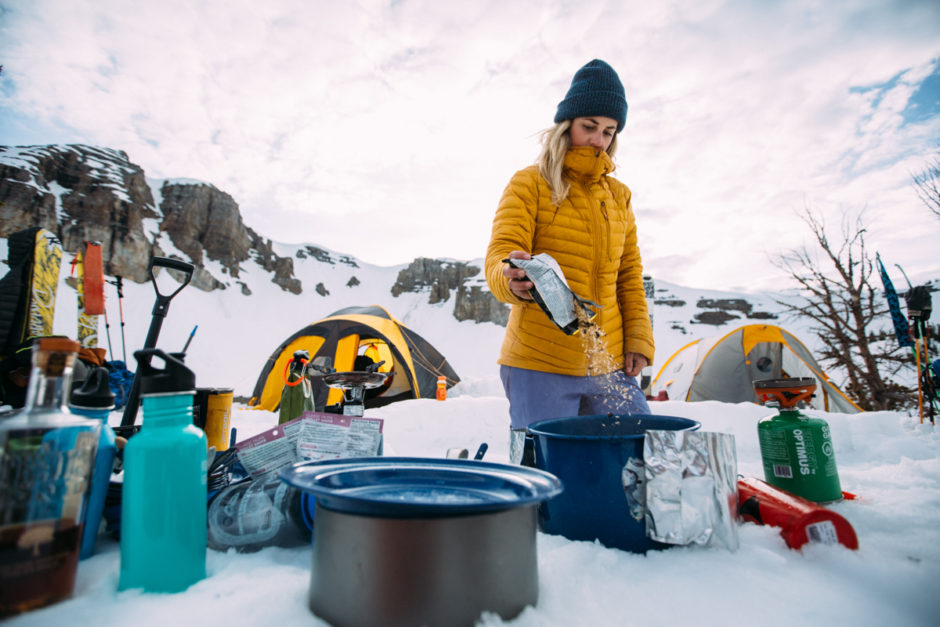
Photo Courtesy of: Scott Sporleder
At these sorts of temperatures, you’re gonna have to bite the bullet and shoulder a few extra pounds. That said, there’s no need to go overboard and the list below might just help you shave off an ounce or two.
What to take:
- 4-Season Tent: In these temps, overkill is virtually impossible when it comes to your sleeping set up. As your core temperature drops for your nightly hibernation, you want to make sure your tent isn’t going to let the elements make it drop even further.
- Sleeping Bag: Go all-out with the toastiest, non-alpine bag you can find. Aiming for something that will have you covered as low as 5 degrees is likely to be adequate in most situations.
- Sleeping Mat: The bigger, the better! With ground frosts likely overnight, at this time of year you really need a substantial buffer between your body and the floor.
- Sleeping Bag Liner: Even if you’re unlikely to be doing much sweating, the added degree or two of warmth could be a real sleep-saver. In winter, an insulating or fleece liner is preferable to a silk or lightweight model.
- Cooking Appliances: stove, fuel, pot/pan, cutlery, lighter
- Down Jacket: As above, this is ideal for wearing around the camp at night and a chill-buster-cum-lifesaver (not literally, we hope!) in your sleeping bag if temperatures drop lower than expected.
- Mid-layer: If you don’t wear a mid-layer on the trail, having one for afternoons and evenings in camp is a good idea. Once you stop moving, your core temperature will drop sharply and a little bit of added insulation won’t go amiss.
- Camp Pants: A pair of lined winter pants alone should do the job, but it may be a wise choice to bring a pair of thicker thermal pants along too.
- Camp Slippers/Bootees: A pair of insulated bootees at night will provide very welcome relief from your boots and the cold air.
- Food
- Gloves
- Hat
- Water Bottle
- Water Purification System
- Headlamp
- Camera
- First Aid Kit
- Sun Protection (even in the chilly seasons, your skin needs protection – particularly if there’s any degree of snow cover)
- Knife or Multi-tool
- Toiletries
- Map and Compass
- Spares: batteries, underwear, thermal shirt and pants, gloves, hat, fuel, lighter, food
We hope the above lists are useful and help you to pack perfectly for your upcoming camping adventures! Happy camping, campers!

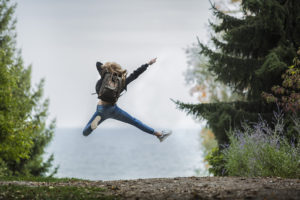
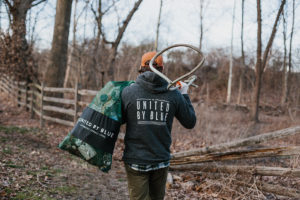

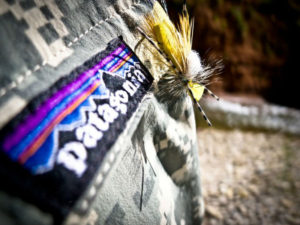
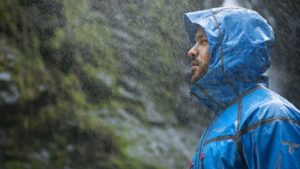

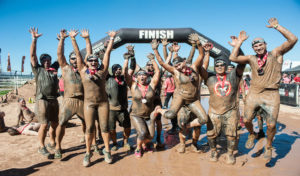
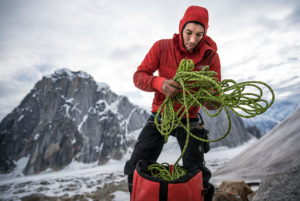
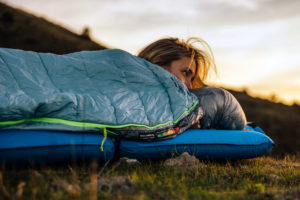
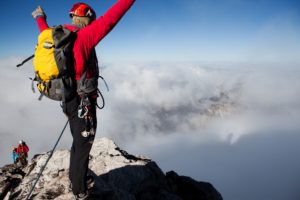
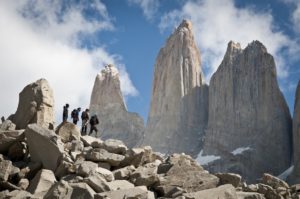

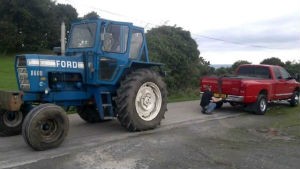

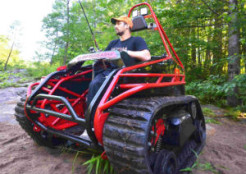
No Comment